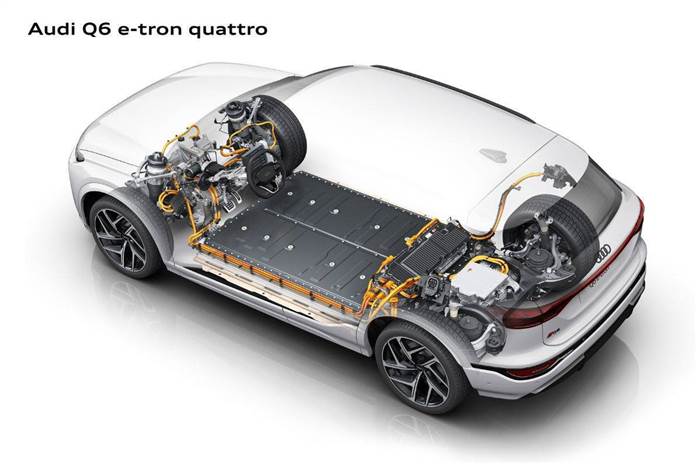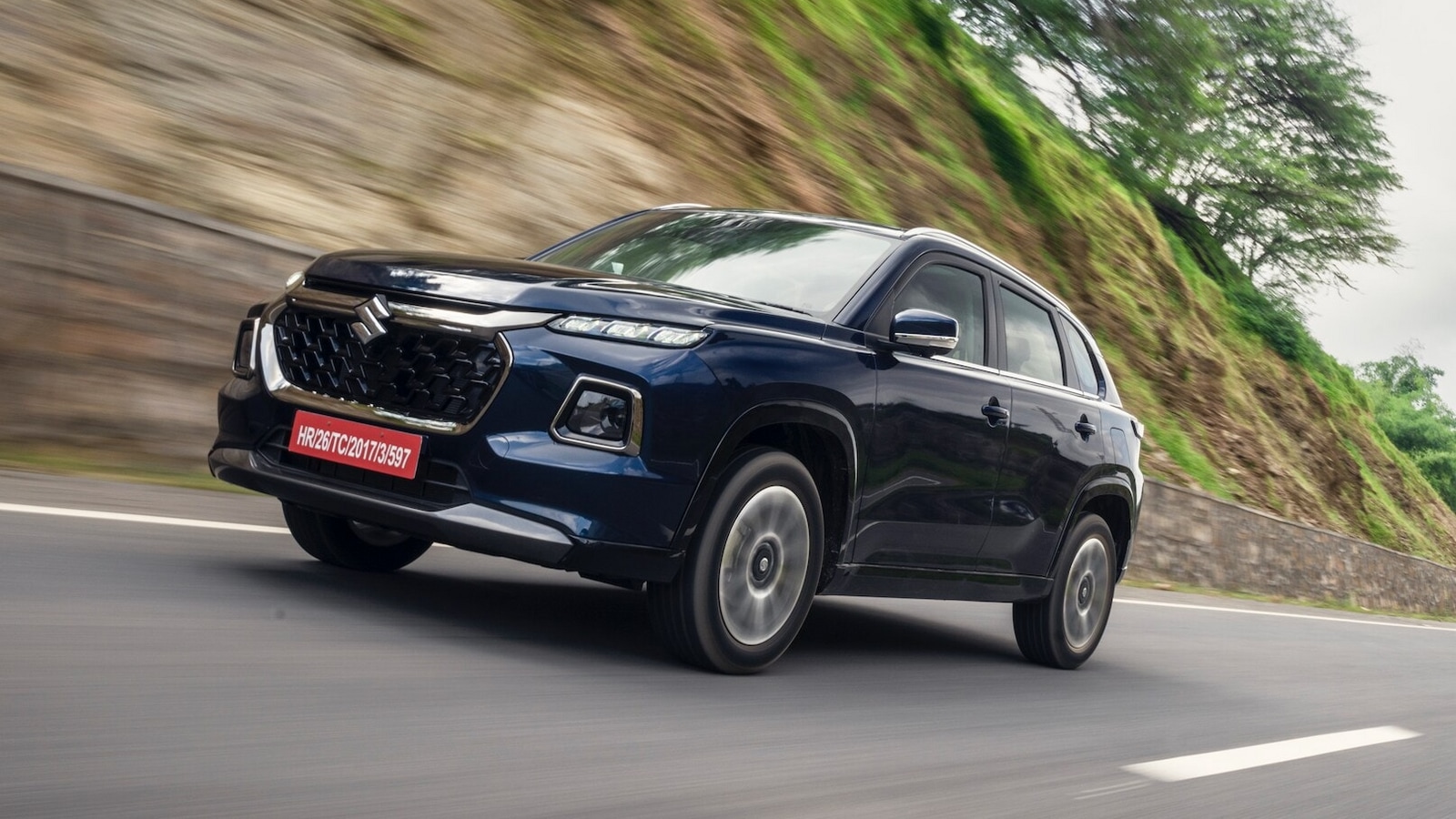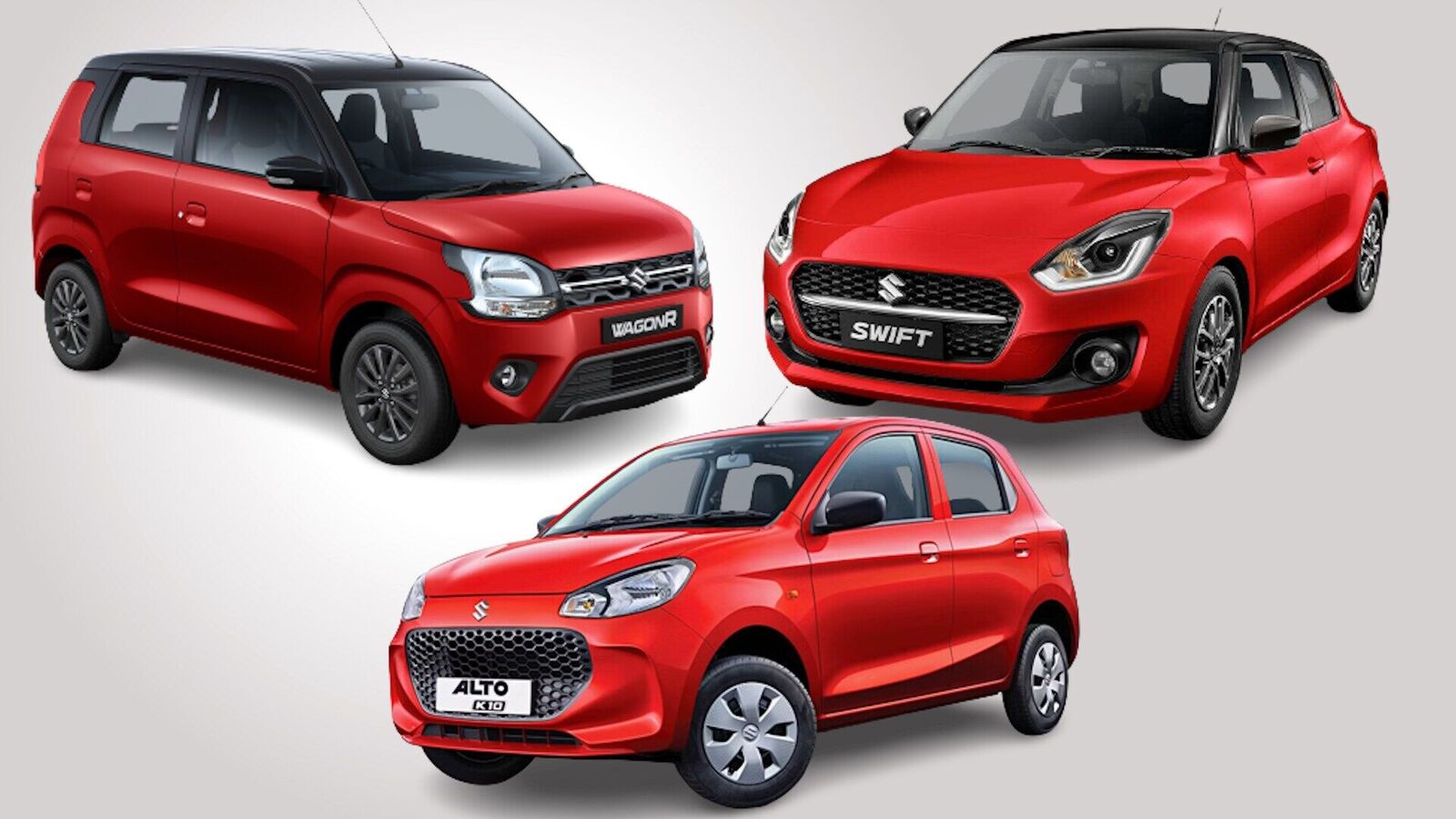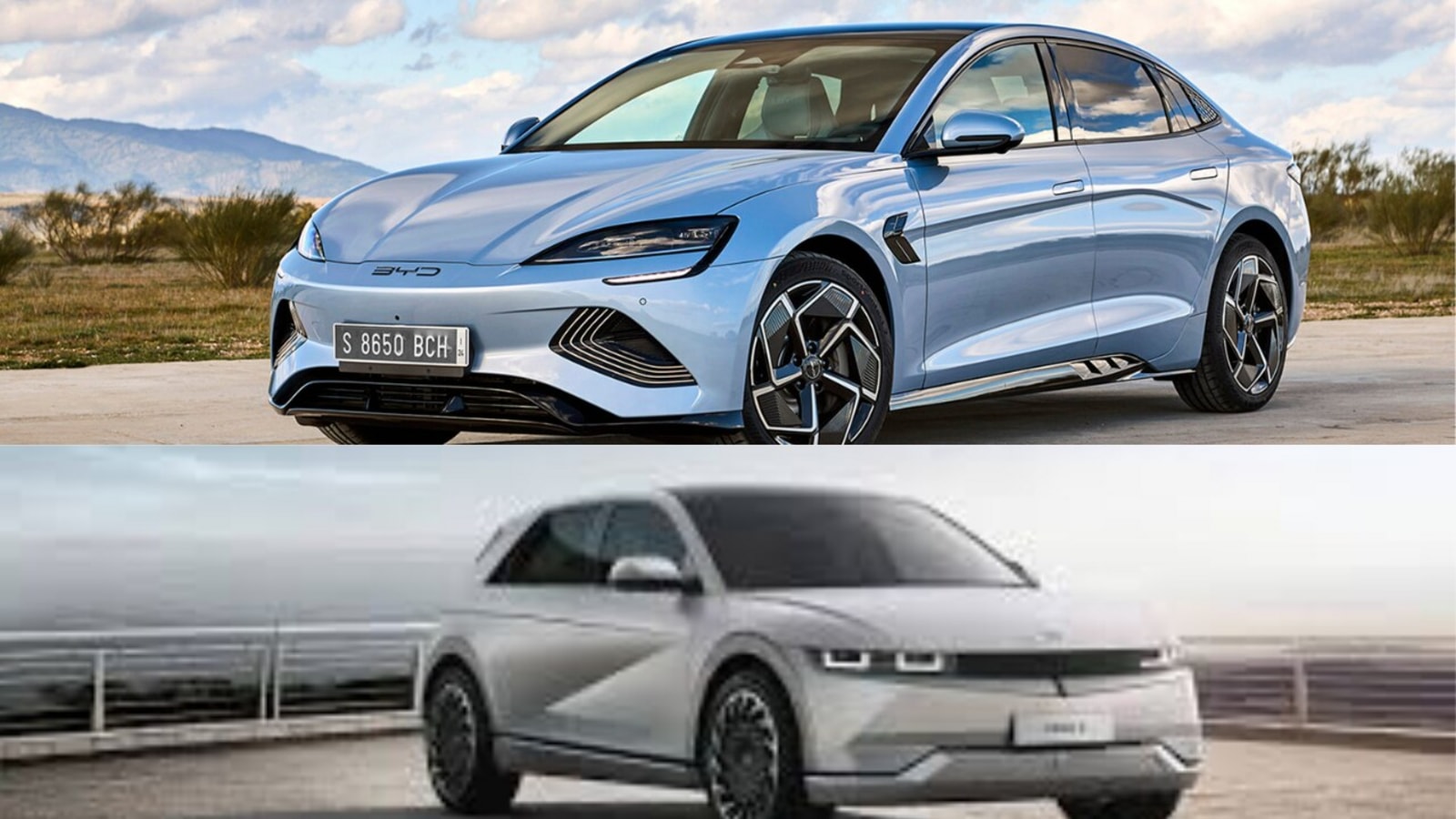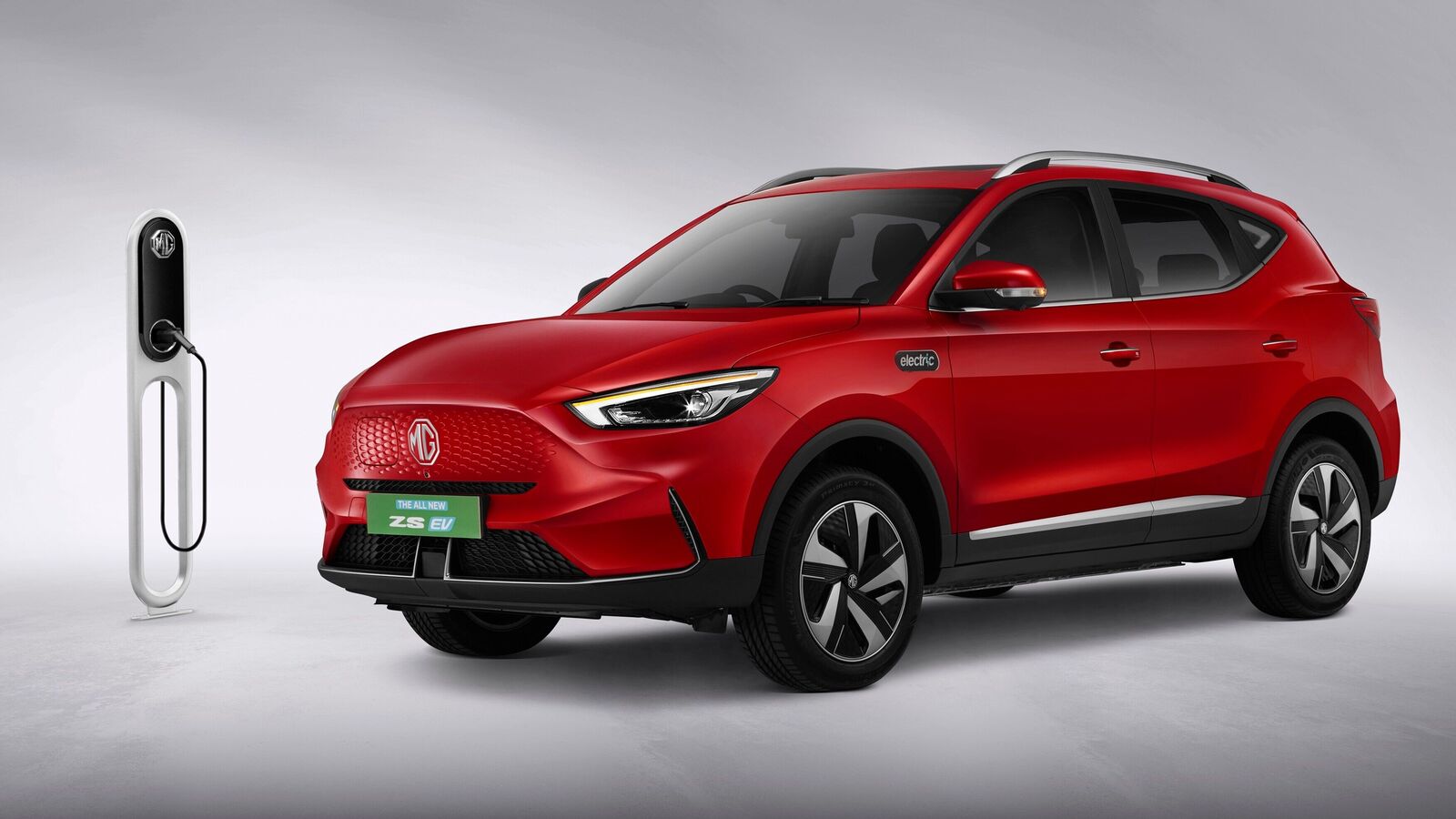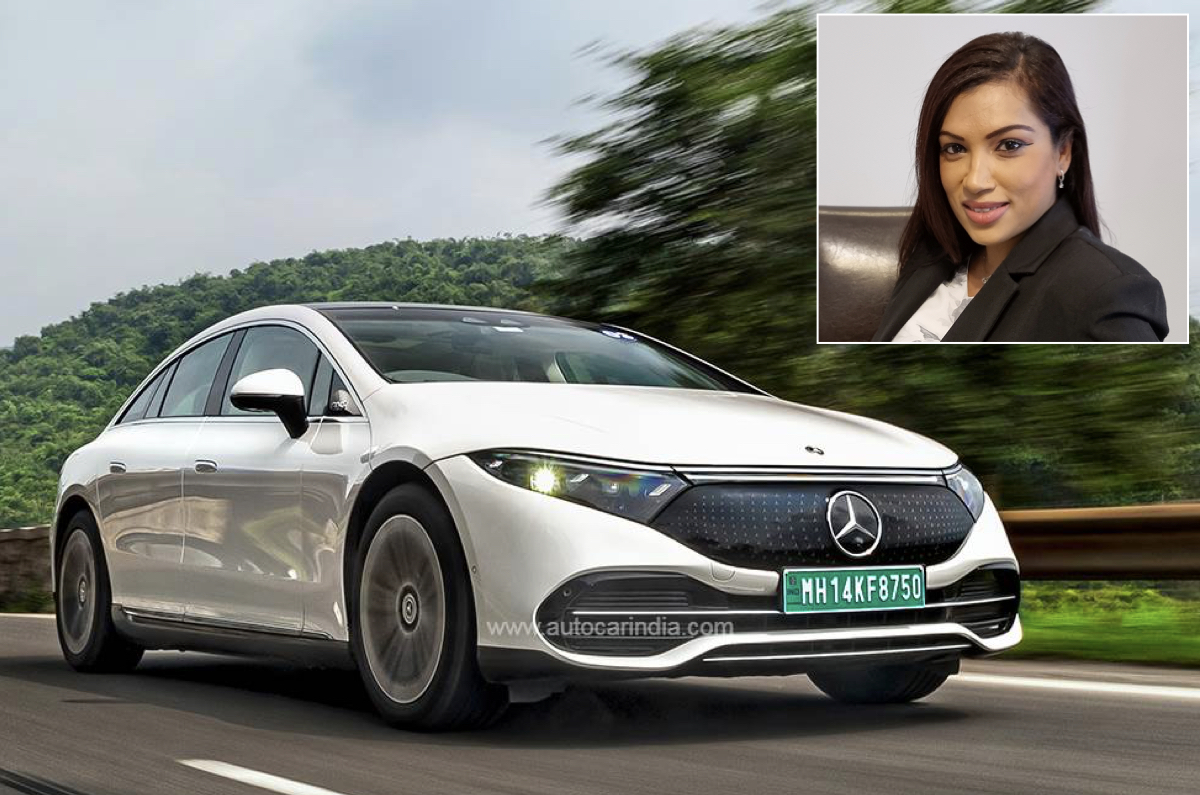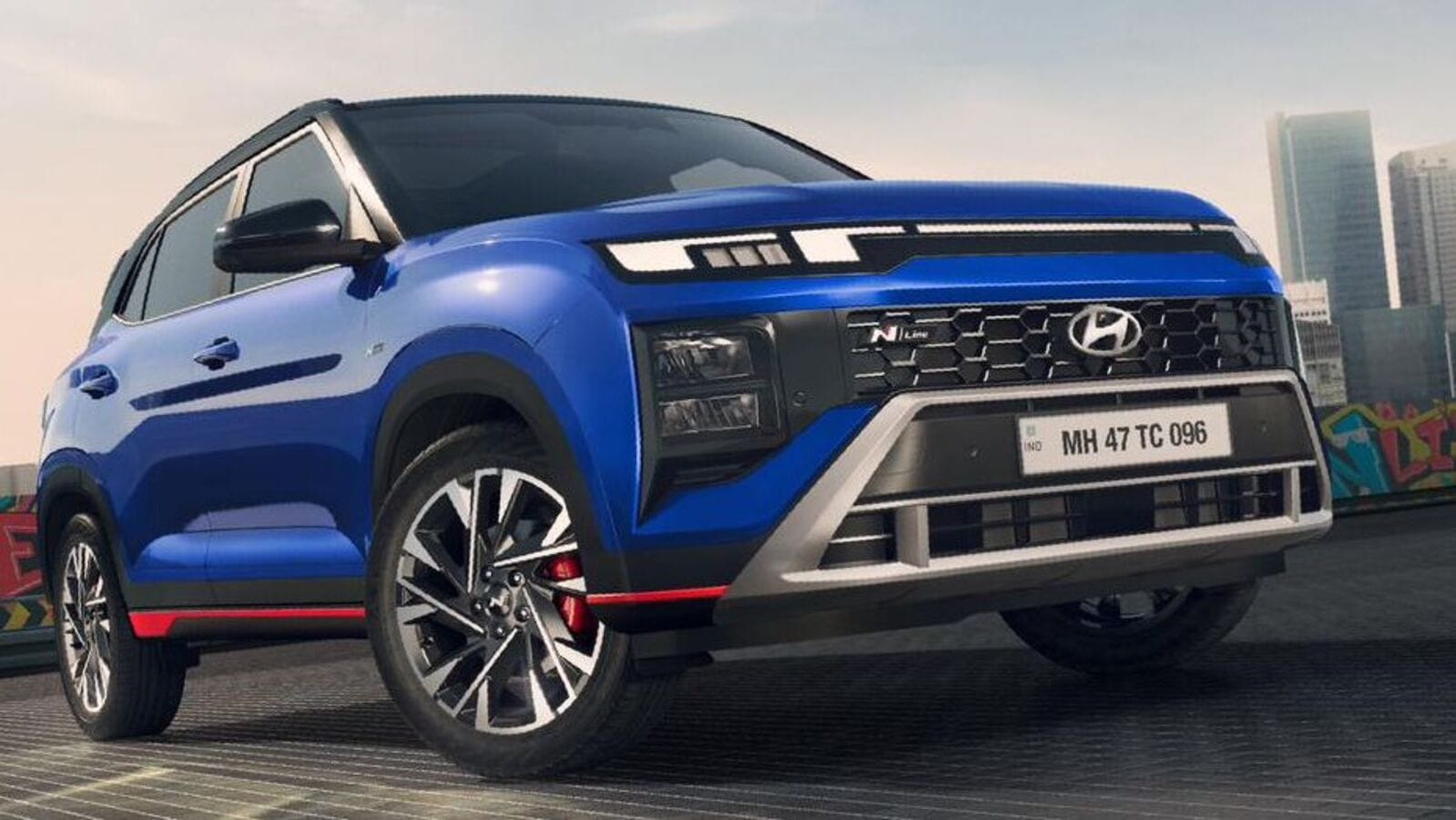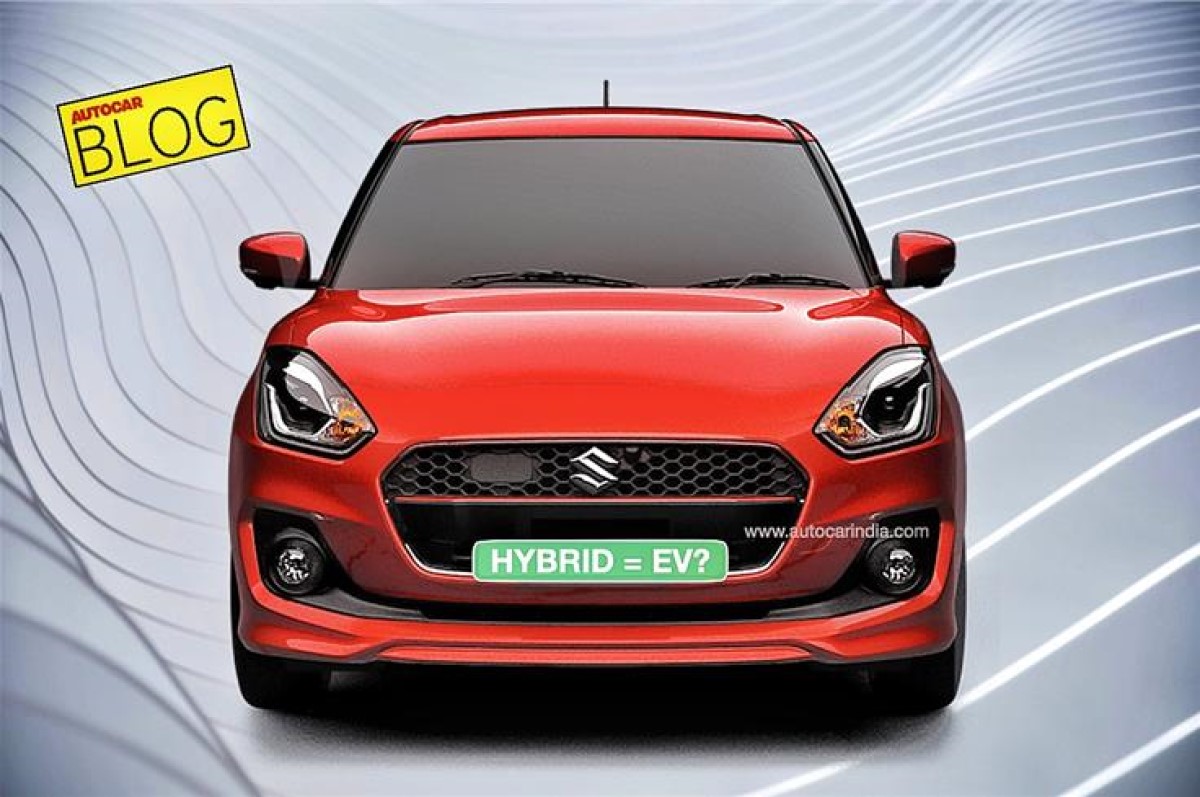Table of Contents
Q6 e-tron is the first Audi built on the Group’s PPE platform that’s set to underpin future models; India-bound in the next 10-12 months.
Published On Mar 18, 2024 11:30:00 PM
Audi says the Q6 e-tron isn’t just another new car, but the next step in the brand’s transformation into a premium electric mobility company. Indeed, the Q6 e-tron is the very first model to be built on the group’s new platform; the premium platform electric (PPE), which also underpins the Porsche Macan electric. The Q6 e-tron also comes with a new e&e architecture that gets an all-new electronic hardware and software, which is set to filter into the rest of the Audi range, including the internal combustion engine (ICE) models. So yes, the Q6 e-tron is a very important car to examine inside out.
Q6 e-tron is the first Audi on the VW Group’s PPE platform.
The VW group currently has four electric platforms: the MLB EVO platform that underpins the Q8 e-tron; the J1 Performance platform over which the e-tron GT and the Porsche Taycan are built; the MEB platform which the Q4 e-tron and the VW ID family use; and this, the new PPE that’s been designed to underpin EVs right from the midsize to the premium end. So models like this Q6 to sedans like the A6 will be built on it. The platform is also likely to expand and include electric versions of the A8 and the next generation Q8 too. A point to note, the Q6 e-tron is not related to the ICE Q6 on sale in China; that’s an entirely different model built on the MQB EVO platform and sits outside of the typical Audi hierarchy. In fact, Audi says the Q6 e-tron is a sister model to the Q5.
As for the new E3 1.2 e&e architecture, Audi says it has decoupled the hardware and software interdependence, so it should help the company adapt to fast evolving technology. Of course, it brings with it new hardware and software, including some AI tech.
Audi Q6 e-tron exterior style and design
At first look it’s very understated, much like all Audis, but a moment later you’ll soon see some rather striking design elements, and to my eyes it’s a very attractive balance. The grille is the Audi trapezoidal unit but it’s protruding a bit more and is largely sealed off; air flow being managed from the lower bumper area, which has a lot of angular and sharp edges. These elements will differ depending on the trim level.

The LED DRLs can have as many as eight different light signatures.
Unlike the Q4 and Q8 e-trons, the headlights and DRLs are now separate units, which show just how important DRLs have become. They occupy a larger area than the headlights, they sit on top and look really cool with eight different signatures that owners can select; the headlights are the familiar LED Matrix beams.
The profile is typical ICE-like with a long bonnet, and the cabin area stretches back neatly. It has a swept-back look, but even then, it’s very understated. You do see some really flashy elements like a front fender crease line and an extremely prominent, almost horizontal panel over the rear wheels, which Audi calls the Quattro blister. The doors have a contrast cladding below, with smooth but deep curves giving it a nice sensuous flair.

The character line over the rear wheel arch is what Audi calls the Quattro blister.
At the rear, there’s the now-familiar continuous light bar, but the highlight is the new second generation OLED lights, which have six OLED panels and a total of 360 segments. In what Audi says is possibly a world first, the tail-lights have a continuously animated pattern; think twinkling Diwali lights. There’s no real benefit though and if you don’t like them – I don’t – you can opt for different light signatures, some of which have a neat 3D effect.

OLED tail-lights can create warning triangles to alert cars behind of hazards ahead.
Thanks to the new E3 1.2 architecture, these lights can also actively communicate with the outside. So for instance if the Q6 detects some road work signs ahead, it will indicate this to the cars following it by showing small warning triangles in the tail-lights, this also happens when you switch on the hazard lights. Down below there’s a functioning diffuser that helps the Q6 achieve a 0.28 coefficient of drag.
Audi Q6 e-tron interiors, space and comfort
If the outsides are Audi-esque the interiors are pretty much all new. There’s now a single curved pane housing a 11.9-inch IP screen and a 14.5-inch central touchscreen. In an Audi first, it also has a passenger touchscreen. The 10.9-inch screen can also play videos which are obstructed from the driver’s view, the sound though will play over the car’s speakers. There’s an HUD with AR displays and the Audi assistant has a few more clever voice commands like asking it to lower a window half way down.

The curved infotainment and instrument cluster are an Audi first, so is the passenger touchscreen.
The new E3 1.2 architecture is based on the Android operating system, so Android Auto is included. Apple Carplay is also deeply integrated, and the system also brings in some AI bits, which Audi says will keep evolving. So for instance, if the car realises you are struggling with setting the right temperature, it would suggest things like using the cooled seats.
The steering wheel is all new and gone are the buttons, and in its place are touch surfaces. This is the same with the mirror controls; there are indents to guide your fingers around but buttons would have just been better. Also missing is the neat palm rest-integrated drive selector from the Q8 e-tron, and in its place is a simple toggle switch. HVAC controls are also sadly embedded into the touchscreen, but thankfully the familiar Audi media control dial hasn’t been deleted.

Rear seat space is pretty impressive, but some may find the backrest recline slightly upright.
Space inside is pretty impressive, boot space stands at 526 litres and there’s a 64-litre frunk too. For my 5 foot 8 inch frame, front and rear legroom is more than adequate, and headroom is very good too, with about 5 inches to spare. We’ll know more about seat comfort when we spend substantially more time with the car, but first impressions are good. However, some will find the rear backrest recline slightly upright. In terms of features, it’s got all you’d expect like a premium 20-speaker Bang & Olufsen sound system, full ADAS suite, powered tailgate and 360-deg camera.

Boot has a generous 526 litres of space.
Audi Q6 e-tron performance and drive impressions
At launch, the Q6 e-tron will be offered in two AWD (Quattro) versions; Q6 and a sportier SQ6, with a rear-wheel drive model set to follow. The SQ6 puts out 517hp, does the 0-100kph dash in 4.3 seconds and tops out at 230kph, while the Q6 has 387hp, takes 5.9 seconds to 100kph and has a top speed of 210kph. We did drive both, but very briefly and only within the Audi training centre parking lot, so I can’t tell you much, except that acceleration is quick and steady, in typical EV fashion. Through rapid lane changes you can feel some weight, but it’s stable; again, having a low centre of gravity helps. Suspension duties are carried out by the optional adaptive air suspension system. We’ll have a proper drive review by the middle of this year so stay tuned for that.
.jpg&c=0&w=700)
Acceleration is brisk in typical EV fashion.
One bit that did stand out was the brakes – the blending of the recuperation from the motors and the friction brakes is very good, and pedal feel is uniform and positive. Audi says they have a complex brake blending program that, for the first time, can manage axle-specific blending too. It does work, braking is well controlled and you can’t tell when the friction brakes kick in. The company also says that about 90 percent of everyday braking would be handled by regenerative braking alone.
Audi Q6 battery, charging and range
Both the Q6 and SQ6 get the same 100kWh battery, so range is the only differentiating factor. The Q6 has a claimed WLTP range of 625km, while the SQ6 has a claimed range of 598km. There’s also a smaller 83kWh battery in the pipeline, which is basically the same lithium-ion prismatic unit but with two fewer (10) modules, and it’s this version that’s likely to be brought to India. With up to 270kW at 800 volts, the 100kWh battery can go from 10 to 80 percent in 21 minutes. On board AC charging speed is only 11kW, but an option of 22kW will be offered at a later stage.
Audi Q6 India launch and price
The Q6 e-tron launch is scheduled to take place by the middle of this year in Europe, followed by China. India launch is likely to take place by the end of the year or early next year, and it’s likely to be the two-wheel drive 83kWh battery, which would be priced around the Rs 70 lakh-80 lakh mark. With direct rivals like the iX3 and the Mercedes EQC, both not available in India, the Audi Q6 e-tron would sit between smaller electric SUVs like the Volvo XC40 and the BMW iX1, and larger SUVs like its sibling, the Q8 e-tron, the Mercedes EQE SUV and the BMW iX.

When it arrives in India, it will pretty much sit in a space of its own.
Copyright (c) Autocar India. All rights reserved.

